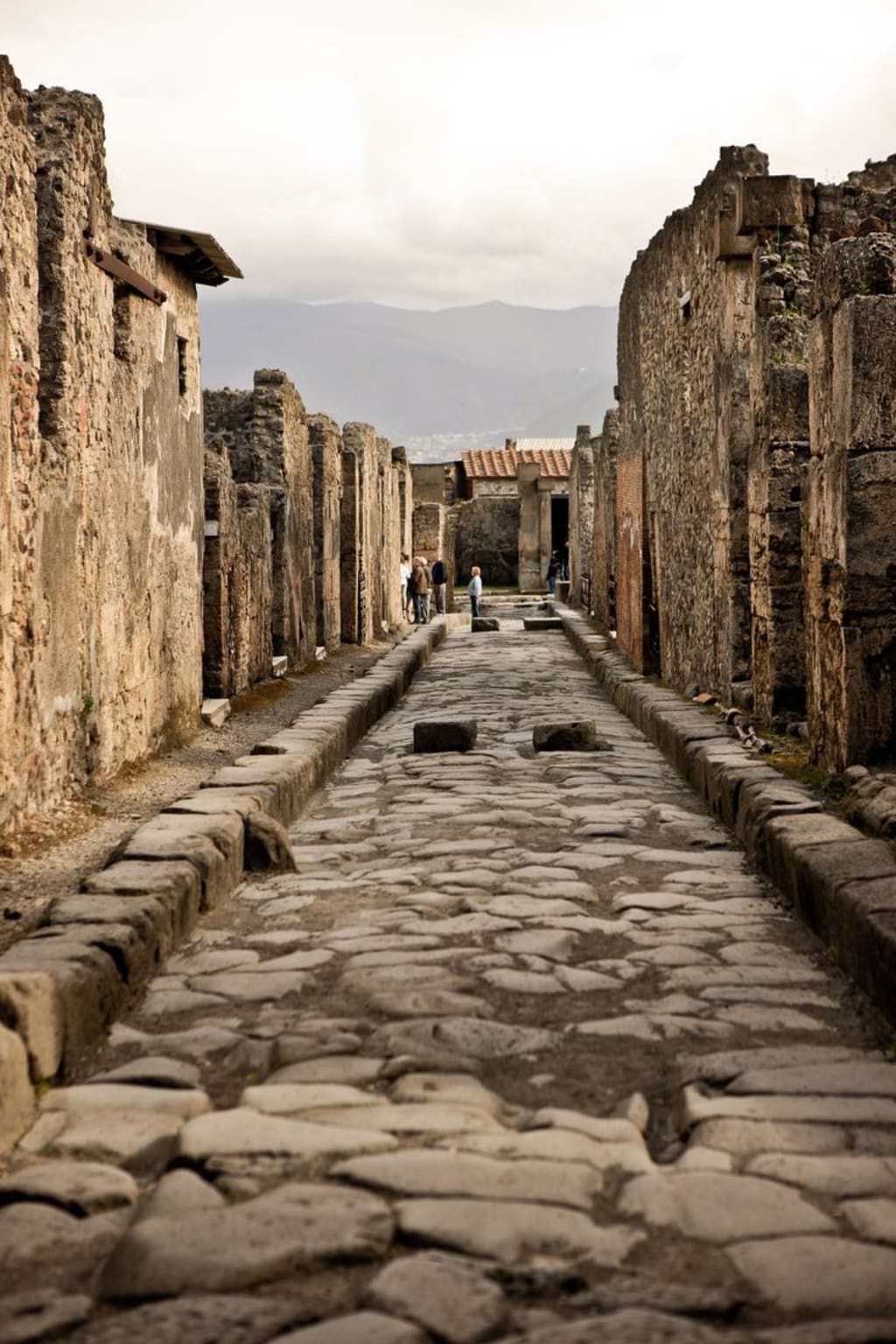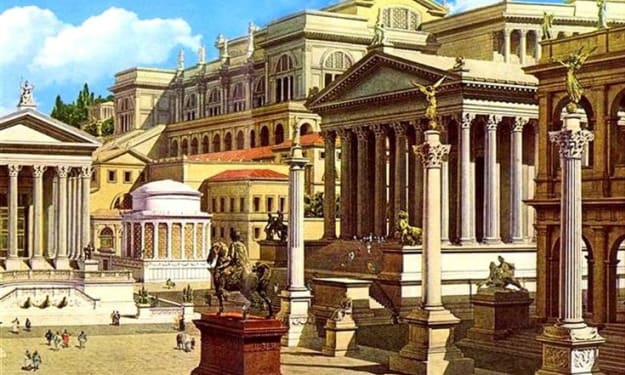The Pinnacle of Infrastructure: Unraveling the Roman Mastery in Road-Building
Paving the Way to Empire: Decoding the Engineering Genius and Strategic Brilliance of Roman Road-Building"

The Roman Empire, renowned for its colossal achievements in governance, military prowess, and engineering marvels, stands tall as a testament to human ingenuity. Among its many triumphs, the Roman mastery in road-building remains a hallmark of efficiency and foresight, setting them apart from other civilizations in history.
1. Strategic Vision and Military Efficiency:
One of the primary factors that propelled the Romans to excel in road-building was their strategic vision intertwined with military efficiency. Roman roads were not mere pathways; they were crucial arteries connecting the vast expanse of the empire. These roads facilitated the swift movement of Roman legions, enabling rapid deployment and reinforcing the empire's military dominance. The roads, strategically laid out and meticulously maintained, formed an intricate network crucial for the cohesion of the Roman military machine.
2. Engineering Prowess:
Roman road construction showcased unparalleled engineering prowess. Unlike many contemporaneous civilizations, the Romans employed advanced techniques and materials in their road-building endeavors. The use of a multi-layered construction approach, incorporating materials such as gravel, sand, and concrete, ensured durability and longevity. The famous Roman roads, such as the Appian Way, exemplify this engineering finesse, standing resilient even after centuries.
3. Standardization and Consistency:
What set the Roman road system apart was its standardization and consistency. Roman engineers adhered to a set of specifications that ensured uniformity across the empire. The width of Roman roads was remarkably consistent, allowing for the smooth passage of Roman chariots and legions. This standardized approach not only facilitated construction but also contributed to the roads' longevity and ease of maintenance.
4. Integration of Arches and Aqueducts:
Roman road construction wasn't limited to the ground; it often involved the integration of arches and aqueducts. Arches provided stability, especially in hilly terrains, while aqueducts ensured a constant water supply along the roads. This innovative integration showcased the Romans' holistic approach to infrastructure, combining road-building with other essential elements for the well-being of the empire.
5. Economic Prosperity and Trade:
Beyond military and logistical advantages, Roman roads played a pivotal role in fostering economic prosperity and trade. The interconnected road network facilitated the movement of goods and people, contributing to the growth of commerce and cultural exchange. The efficiency of Roman roads in supporting trade activities set a precedent, influencing subsequent civilizations in recognizing the economic benefits of well-maintained transportation networks.
6. Civic Planning and Urban Connectivity:
Roman road-building wasn't confined to military routes; it extended into urban planning. The roads connected cities, provinces, and important landmarks, promoting civic cohesion. This meticulous planning and connectivity reflected the Romans' understanding of the importance of transportation in fostering a sense of unity and identity among the diverse regions of their vast empire.
7. Enduring Legacy:
The legacy of Roman roads endures as a testament to their effectiveness and durability. Many Roman roads are still visible today, and some are still in use. Their endurance is not only a result of superior engineering but also a testament to the Romans' commitment to maintenance. The concept of a well-maintained road system, pioneered by the Romans, became a model for subsequent civilizations.
8. Cultural and Historical Significance:
Roman roads were more than conduits for military and economic activities; they played a crucial role in cultural and historical exchange. The Roman road system facilitated the movement of people, ideas, and cultural practices, contributing to the diffusion of Roman influence across the empire. The cultural significance of these roads is evident in the ruins of ancient cities and landmarks lining their paths.
Conclusion:
In conclusion, what made the Roman Empire excel in road-building compared to other civilizations in history was a confluence of strategic vision, engineering brilliance, and a holistic understanding of the multifaceted benefits of a well-constructed road system. The Roman roads were not just a means of transportation; they were the lifelines of a vast and thriving empire. The legacy of Roman road-building endures not only in the physical remnants of ancient highways but also in the enduring impact on subsequent civilizations that recognized the transformative power of well-constructed and meticulously maintained roadways.





Comments
There are no comments for this story
Be the first to respond and start the conversation.